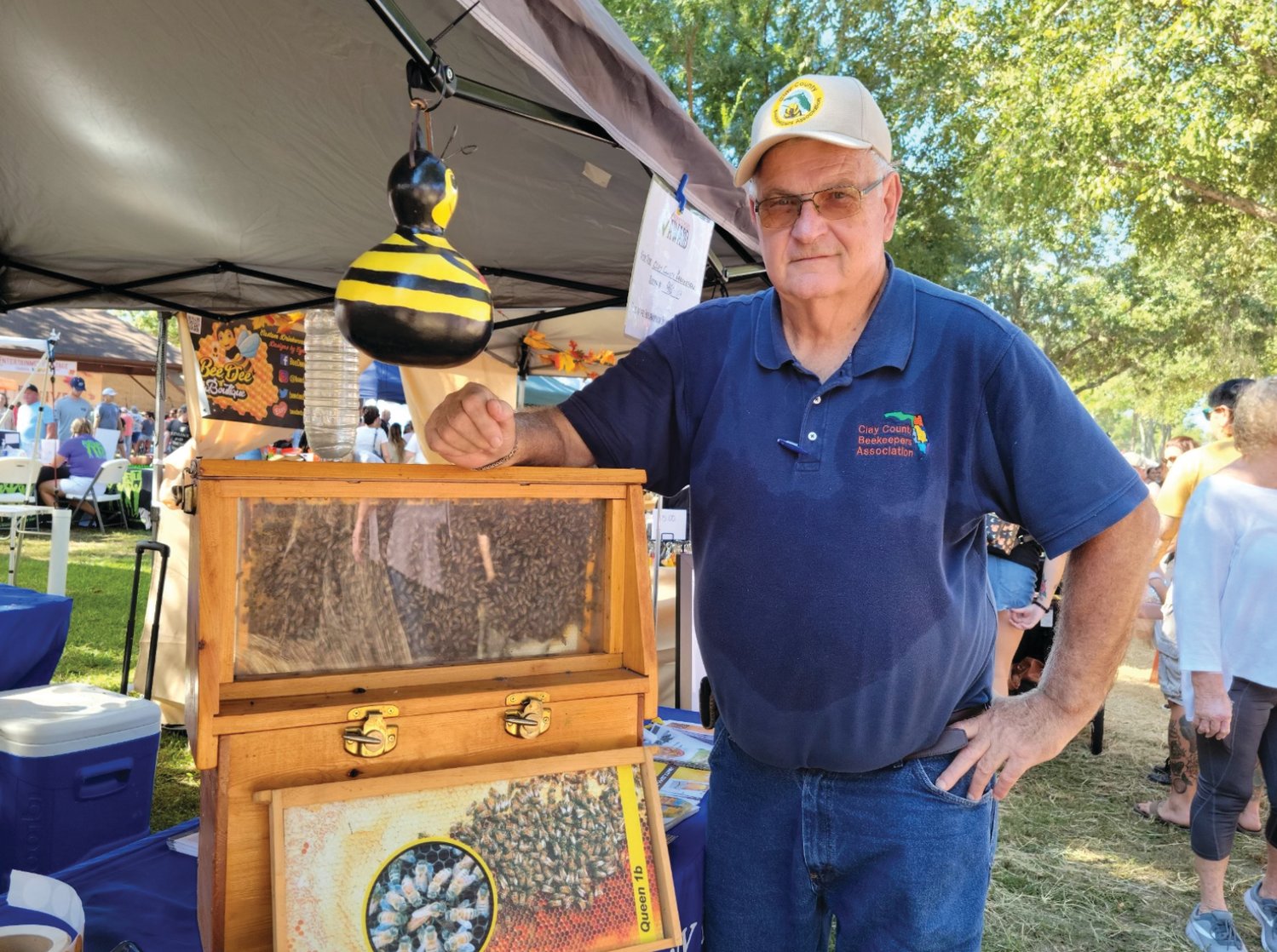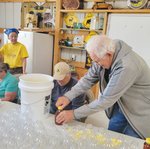Managing bee population a balance between nature, responsible planning
GREEN COVE SPRINGS – While some county beekeepers have noticed a typical colony decrease that comes with a winter adour, local bees have been spared starvation felt by other areas in the …
This item is available in full to subscribers.
Attention subscribers
To continue reading, you will need to either log in to your subscriber account, below, or purchase a new subscription.
Please log in to continueDon't have an ID?Print subscribersIf you're a print subscriber, but do not yet have an online account, click here to create one. Non-subscribersClick here to see your options for subscribing. Single day passYou also have the option of purchasing 24 hours of access, for $1.00. Click here to purchase a single day pass. |
Managing bee population a balance between nature, responsible planning
GREEN COVE SPRINGS – While some county beekeepers have noticed a typical colony decrease that comes with a winter adour, local bees have been spared starvation felt by other areas in the country.
“Backyard beekeepers won’t be nearly as impacted by this type of event as commercial beekeepers who make a living beekeeping, and a 20% reduction is much larger to a commercial beekeeper,” said Cassidy Dossin, Agriculture and Natural Resources Agent at the University of Florida-Institute of Food and Agricultural Sciences Extension.
Dave Sieruta, who serves as president of the Clay County Beekeepers Association, said there are three types of beekeepers in the state of Florida: backyard beekeepers who maintain one-to-40 colonies, sideliners with 41-to-100 and commercial that maintain 100 or more.
There are no commercial beekeepers in the county, so the losses fell within a typical season trend, both Dossin and Sieruta said.
An adour is an event that occurs twice annually in the form of two seasonal cycles when flowers, fruits, and other plants are going through a period of reduced blooming.
The first adour occurs following the original spring honey flow between July 1 through the middle of September as summer heat starts to subside in late fall. Then, after a second fall bloom, the first freeze initiates the second sequence.
One way to segment a potential colony population decrease is to leave surplus honey behind and only harvest the sweet nectar during the spring season.
If you’re running low on honey, go ahead there and supplement the supply with sugar water. There are several simple syrups to choose from. Whatever you pick, just make sure to make it with one part water and one part sugar.
“That’s pretty close to what nectar actually is,” said Sieruta.
The veteran and longtime beekeeper took up a passion for beekeeping from 1982-1990 in Brunswick, Maine, before returning to Florida with his wife in 2010.
The bees need two resources to create the ever-valuable resource.
“One is nectar and the other is pollen,” Sieruta said.
The insects are extremely intelligent, according to the association’s president.
“The worker bees actually go in there and dictate to the queen bee on how many eggs she can lay based on the availability of those two resources, nectar and pollen,” Sieruta said.
After communication between the worker bees and the queen, the beekeeper takes over.
“Usually we’re all done extracting the spring honey at the end of June, and you’re supposed to leave enough honey for them to go ahead and survive in the fall time. If they have enough nectar and pollen available, they will survive, and the reason they starve out is that they don’t have the resources,” Sieruta said.
One reason for the successful habitat preservation in Clay is the lack of commercial farming. But the only true reason that a strong contingent of the bee population survives today is the residents that care for them. While development is an ever-pressing issue in the town, those moving into them are the ones that still keep the tradition alive.
“These people that are going into the developments are going in there and planting flowers and fruit trees, so that might be contributing to it. The county is growing and more and more people are getting into gardening and flowers and stuff,” he said.
Beekeepers in Florida are required to register their colonies.
More than 5,000 participate, with 85% falling under the backyard category and 15% being a combination of the sideline and commercial beekeepers, according to Sieruta.
The introduction of vermella mites and small hive beetles is a new issue that Sieruta didn’t face in Maine.
The mites can be managed by oxalic acid, which Sieruta prefers to take care of by vaporizing in the summer, fall and spring seasons. He then attacks the small hive beetles with a potion created with vegetable shorting, honey, sugar and wintergreen oil.
The passion for beekeeping is continually growing in Clay, and as long as folks move forward with an increased level of interest, the practice and population should both survive and thrive.
Beekeeping provides those who participate with the soul-soothing effect of nature along with the help benefits of producing raw honey.
“(Producing the raw honey may be one reason why people are doing the beekeeping,” Sieruta said. “There’s a lot of people that are getting into having vegetable gardens and fruit trees where they need the bees to do the pollination for those plants.”












